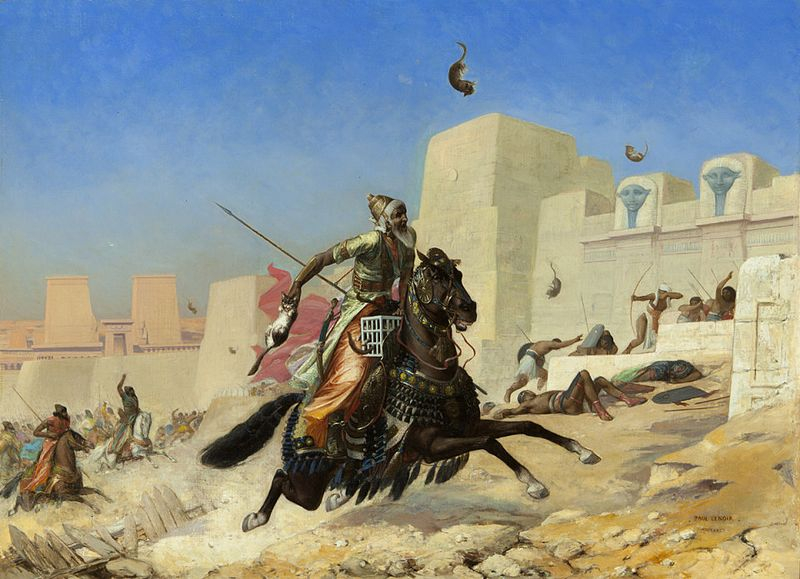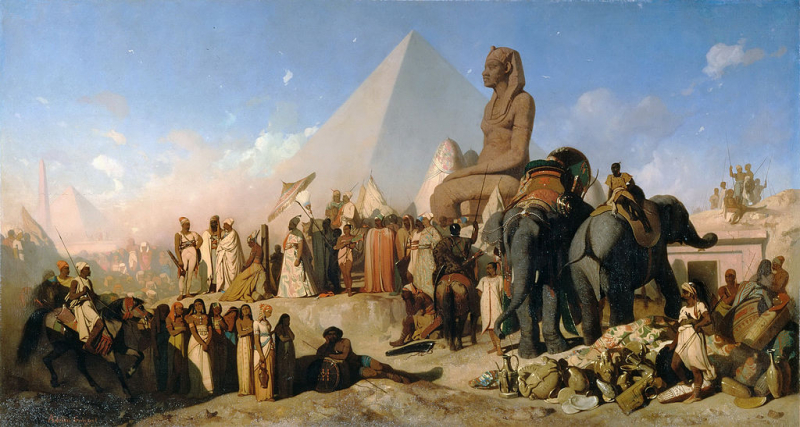The Egyptians lost the Battle of Pelusium due of their obsession with cats.
In the Battle of Pelusium in 525 BC, the Persian King Cambyses II, who was cognizant of Egyptian culture, had the picture of Bastet painted on his soldiers' shields and ordered his armies to attach cats and other cherished animals like dogs, sheep, and ibises in their shields.
The Egyptian army did not assault and abandoned their positions after seeing their beloved goddess on the enemy's shields and fearing that they would hurt the sacred animals. Many were slaughtered on the field, and those who were not killed fled to Memphis. Memphis was besieged and eventually fell. Pharaoh Psametik II was apprehended and executed. Egypt's sovereignty was thus destroyed, and the territory was transferred to Persia until the arrival of Alexander the Great many years later.
It is thought that the Persians would have won regardless of the technique utilized since King Cambyses II had far more experience than the newly anointed Pharaoh Psametik II. Nonetheless, the fight was won by employing an unconventional approach of using animals as hostages.








